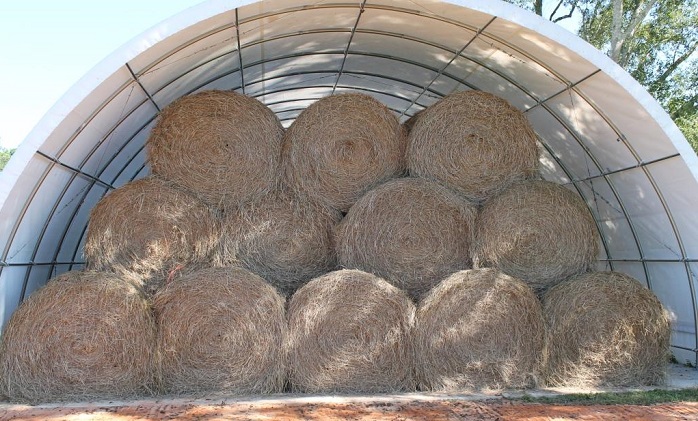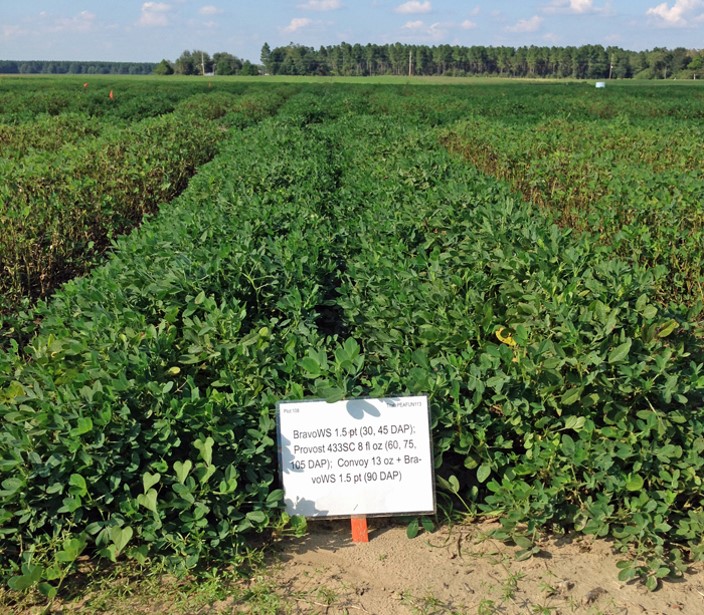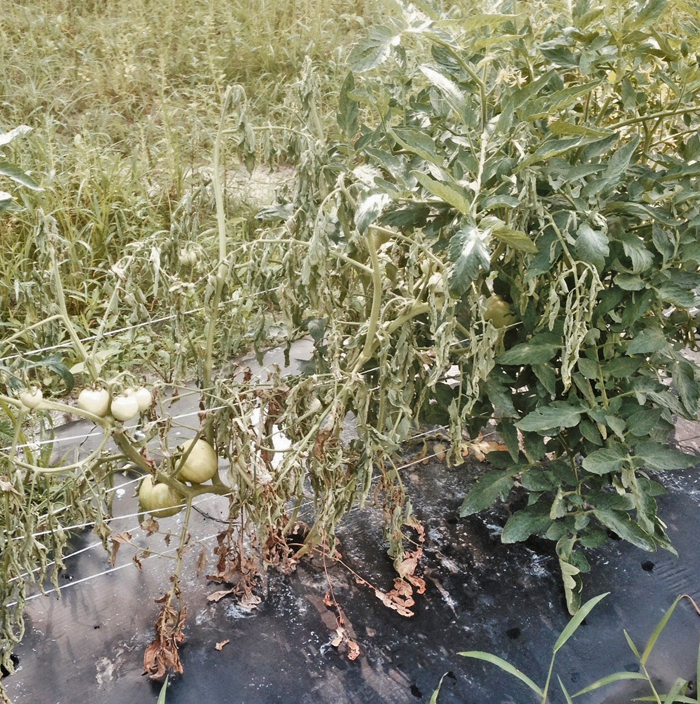
by Mark Mauldin | Jul 25, 2014
It’s mid-summer, rain fall has been adequate, and hay barns are starting to fill up across the Panhandle. Recently, I had the opportunity to visit several Bermudagrass hayfields that were not producing up to their potential for both yield and quality. A common trend...

by John Doyle Atkins | Jul 25, 2014
The 2014 Panhandle peanut crop is developing at a normal pace. Soilborne disease control programs have begun, mainly targeting white mold. Some fields are also being treated for foliage feeding caterpillars. As peanut farmers progress further into their white mold...
by Judy Biss | Jul 18, 2014
Chikungunya is a viral disease transmitted to humans by mosquitoes. It is also called “contorted fever” or “that which bends up.” The virus is cycled between mosquitoes and humans, and there is no vaccine against Chikungunya virus. Two species of mosquitoes can...
by Mathews Paret | Jun 27, 2014
Pseudomonas Syringae Leaf Spot on Watermelon Mathews Paret, Eric Newberry, Nick Dufault, Josh Freeman, Bob Hochmuth, Anthony Drew, David Langston and Jeff Jones Florida and Georgia are the two largest producers of watermelon in the United States with 48,000 acres...

by Shep Eubanks | Jun 20, 2014
Southern blight (caused by Sclerotium rolfsii Sacc.) was found at two different tomato farms in Holmes County this week. Southern Blight is a serious fungal disease affecting diverse crops grown around the world, especially in tropical and subtropical regions. The...

by Doug Mayo | Jun 20, 2014
Source: Seminole Crop E News Rome Etrhedge, UGA Seminole County Coordinator Southern rust has shown up in a number of corn fields in Seminole County, Georgia. Rome Ethredge is urging corn farmers to apply fungicides again, if it’s been 3 weeks since their tassel...





